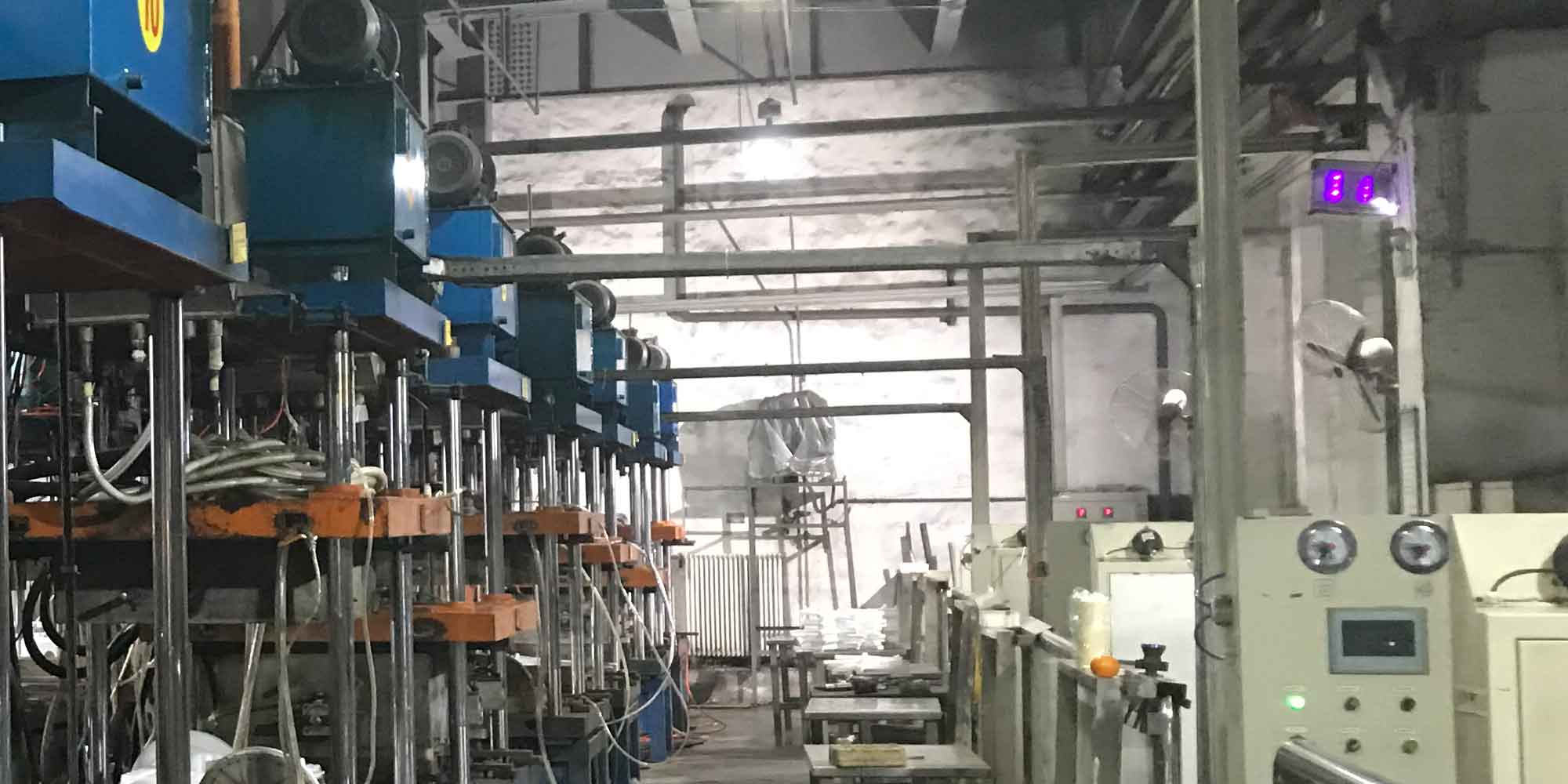
As we look towards the next decade, lost foam casting is poised to see significant advancements and shifts in its application and technology. Driven by the need for more complex, lightweight, and high-strength components, especially in sectors like aerospace, automotive, and renewable energy, the lost foam casting process will likely evolve in several key areas:
1. Technological Integration and Automation
- Increased Automation: Automation in lost foam casting processes will continue to grow, including the use of robotic systems for pattern making, mold assembly, and the pouring process. This will enhance precision, reduce labor costs, and improve safety in operations.
- Advanced Monitoring Systems: The implementation of IoT and real-time monitoring systems will provide better control over lost foam casting process. Sensors will track key parameters such as temperature and humidity to optimize conditions and reduce defects.
2. Materials Science Advancements
- New Foam and Coating Materials: Research into new types of foam materials that can withstand higher temperatures and pressures will expand the range of alloys that can be cast using the lost foam technique. Similarly, innovations in refractory coatings will improve the surface finish and structural integrity of lost foam casting parts.
- Development of High-performance Alloys: The demand for stronger, lighter, and more temperature-resistant materials will drive the development of new alloys suitable for lost foam casting, particularly in aerospace and automotive industries.
3. Sustainability and Environmental Impact
- Eco-Friendly Practices: There will be a push towards more sustainable practices in lost foam casting. This includes recycling of foam and investment in technologies to reduce waste and emissions during the lost foam casting process.
- Energy Efficiency: Enhancements in furnace technology and process design will aim to reduce energy consumption and lower the carbon footprint of lost foam casting operations.
4. Quality and Inspection Technologies
- Advanced Non-Destructive Testing (NDT): The future will see broader adoption of advanced NDT methods like 3D computed tomography (CT) scans and ultrasonic testing, providing more in-depth analysis and quality assurance for complex castings.
- Integration of AI and Machine Learning: AI will be used more extensively to analyze data from NDT and other quality checks to predict potential defects and adapt the manufacturing process proactively.
5. Complexity and Customization
- Complex Part Production: As design software becomes more sophisticated, lost foam casting will be increasingly used to produce complex parts that are lightweight yet strong, meeting the specific demands of industries such as electric vehicles and renewable energy.
- Customization: There will be an increase in the use of lost foam casting for customized, small-batch production runs, supported by advancements in rapid prototyping and 3D printing of foam patterns.
6. Integration with Digital Manufacturing
- Digital Twins: The use of digital twins in lost foam casting will help simulate and optimize the casting process before actual production begins, reducing time-to-market and enhancing product development cycles.
- Supply Chain Optimization: Digital tools will streamline the supply chain, from inventory management to logistics, ensuring that materials and final products are delivered more efficiently.
7. Global Market Adaptations
- Expansion in Emerging Markets: As industries in emerging markets grow, particularly in Asia and Africa, the demand for lost foam casting will increase, driven by the need for infrastructure development, automotive production, and industrial machinery.
By focusing on these trends, the lost foam casting industry can expect to see substantial technological and operational advancements over the next decade. These changes will not only enhance the capabilities and efficiencies of lost foam casting but also broaden its applications across various high-demand sectors.
